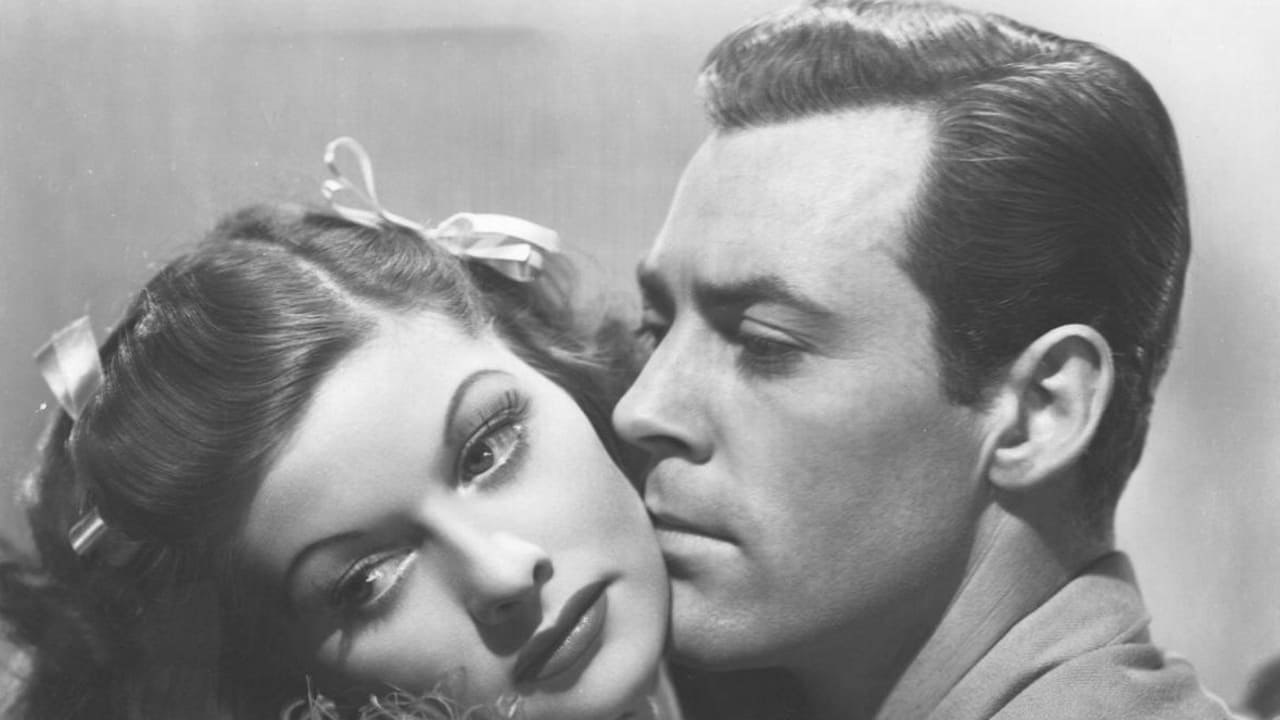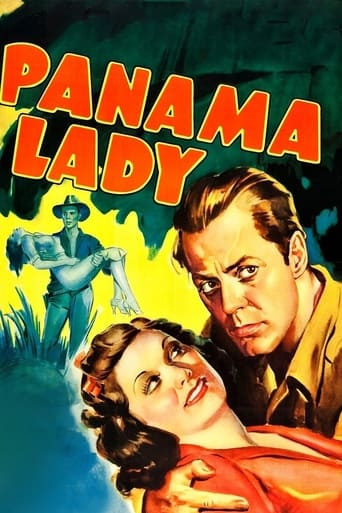

You know what confused me about this film? The idiotic notion that McTeague, the male lead, would coerce Lucy to come with him to his South American hideaway to serve as his housekeeper, when he already had Cheema, another female housekeeper, in residence at his relatively small house. And it seemed even more ridiculous that the two housekeepers would get into several jealous and potentially deadly conflicts.Then it suddenly entered my thick head: They're his PROSTITUTES, you moron! It's a post-Code movie, so the writers had to portray Lucy and Cheema as a couple of chaste "housekeepers" who were getting into fights over which one of them would polish McTeague's banister.After that, the movie made much more sense.Lucille Ball is gorgeous in this film, almost Lauren Bacall-ish in many of the shots. Her character is the polar opposite of the Lucy Ricardo we all know and love. This Lucy is chronically depressed, more than a little whorish, and not the slightest bit funny. Her character would probably be a drug addict and/or alcoholic if the movie were re-made today. And, with her incredible talent, Lucille Ball pulls it off beautifully, and makes you forget the I Love Lucy she later became.At first I was put off by Alan Lane's performance as McTeague, which I initially found nebulous and unclear. But after the film was over, I was impressed with his performance, for precisely the same reasons. It was McTeague's somewhat schizophrenic personality that actually made the movie work. And although I don't recall ever seeing Steffi Duna before, her Cheema character was exotic and intriguing. Again, her behavior was hard to pin down at first, but made more sense at the end.Kudos also to the production and direction team, who applied a few very creative touches. Notable among those is the scene that was shot from the blindfolded Lucy's perspective, and the camera shifting to Cheema's shadow while she was doing something shadowy.Hey guys, this movie's only an hour long. Why not give it a shot? And even if it isn't making a lot of sense at first, try to stick with it. If you're like me, the payoff will be worth the relatively short investment of time.
... View MoreBack in the pre-TV days when the major Hollywood studios were allowed to own chains of theatres across the country to show the films they made and profit from both sides of the business, they had to keep those houses booked and so churned out a steady stream of "programmers" to fill their screens between the major "prestige" releases. Running between 60 and 90 minutes (the equivalent of TV shows today), these films were more than training grounds for later star performer and directors, they frequently provided quality work for studio people between "A List" projects. The quality varied with the studio, but RKO-Radio was one of the best and PANAMA LADY is much better than some suggest. Any fan of Lucille Ball's work should mark it as a "must see." It will strongly remind them of her better known dramatic work for director John Farrow in her next film the same year, FIVE CAME BACK.A product of an era when the words of a screenplay mattered more than the explosions and silly chase scenes, PANAMA LADY (an RKO-Radio release now available mainly in a good print on a long out-of-print 1983 VHS release - #7001 - of a 1955 "C&C Movies for Television" print), was an above average reputed remake of an earlier pre-code/proto-Noir film about a girl caught up in the "white slave" (prostitution) trade. RKO, facing the prudish Production Code and a rising star in Lucille Ball (STAGE DOOR, ROOM SERVICE and a couple of her "Anabel" films behind her and TOO MANY GIRLS, DU BARRY WAS A LADY and BEST FOOT FORWARD still in front of her) expunged most of the references to sex in favor of timely (WWII was raging in China and would start in Europe in four months although the U.S. would hold on to its neutrality for another two and a half years) gun running and jealousy subplots and got solid dramatic performances from Lucy and her co-stars (especially Allan Lane as the good boyfriend and Donald Briggs as the bad).Taken seriously, the 65 minute spring 1939 (May 12) release offers a lot of solid fun. The attempt at twists in the resolution of the South American plot and the O'Henry-esquire finale do come across as a little strained, but the production getting there is generally first rate after the stock footage of New York landmarks in the opening "framing" scene. Had first tier screenwriter Michael Kanin (Garson's older brother, one film away from his Oscar winning WOMAN OF THE YEAR screenplay) worked a little harder on the last five or six minutes, the film might be far better remembered today - or was he done in by second time director Jack Hively (already having edited THE AFFAIRS OF ANABEL with Lucy and one of the SAINT films he would go on to direct) pushing too hard to finish on time and under budget? A decade later, over at Universal International, Hively was also director for one of their rare Broadway musical transfers, ARE YOU WITH IT - one of his last full Hollywood directing credits. It's one of Donald O'Connor's best performances, but also suffers from production and editing indignities which may have left a lot of good material on the cutting room floor.
... View MoreA great invention of cinema so far is noir, together with cinematic sport, smoke and fireballs. Noir is new, subtle, introspective. It advances and spins all sorts of sophisticated children, sometimes thought as ironic.Its origins aren't quite as interesting as what it has ballooned to, how it has encompassed the world. But if you are interested in origins, look at this. It incidentally includes Lucy (using her own name) so you can impose your own layer of noir/irony on it as a modern viewer.In its time, it was meant to evoke "Red Dust," a little piece about prostitution in the jungle leading to love. This is actually a remake of the original that was quickly made in 32 after the success of 'Red Dust."Post-code, you don't have much of a whiff of sex here, and Lucy doesn't give the impression of a doomed soul that true noir would later demand. But you do have a clear notion here of the central notion of noir: fate seeming to deliberately conspire against on ordinary foil, odd coincidences, extreme consequences from trivial acts. Plus rank selfishness.. What's missing is the dark, angled photography that would later be associated with noir, even for some its defining feature. And you don't yet have the heavy introductory voice-over. But you do have something similar, a framing flashback.It has an uncharacteristic ending for a noir, a happy coupling. Lucy is saved. I think this was before she became a redhead.Ted's Evaluation -- 1 of 3: You can find something better to do with this part of your life.
... View MoreUnusual role for Lucille Ball as a down and out showgirl in Panama whose no-good fiancé involves her in illegal nefarious deeds. She winds up abandoned and has to escape into the jungles of Ecuador with a dangerously roguish oil prospector (Allan Lane)who graciously allows her to "shack-up" with him in a very compromising manner, even though he has a sultry native "housekeeper" who attempts to do her in by poisoning. The boyfriend eventually shows up to "rescue" her in his plane but only intends to murder her at the behest of his gun smuggling friends. This film definitely holds the interest with Ball and Lane carrying it with their downbeat nearly noir characters and situation. Stick around till the end, as you will care whether these two appealing people can make a go of things or no.
... View More